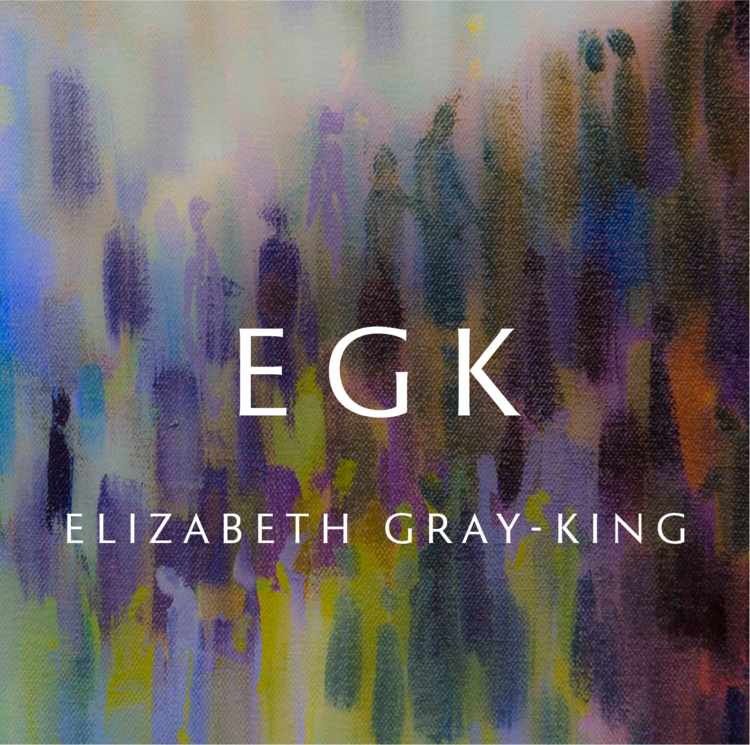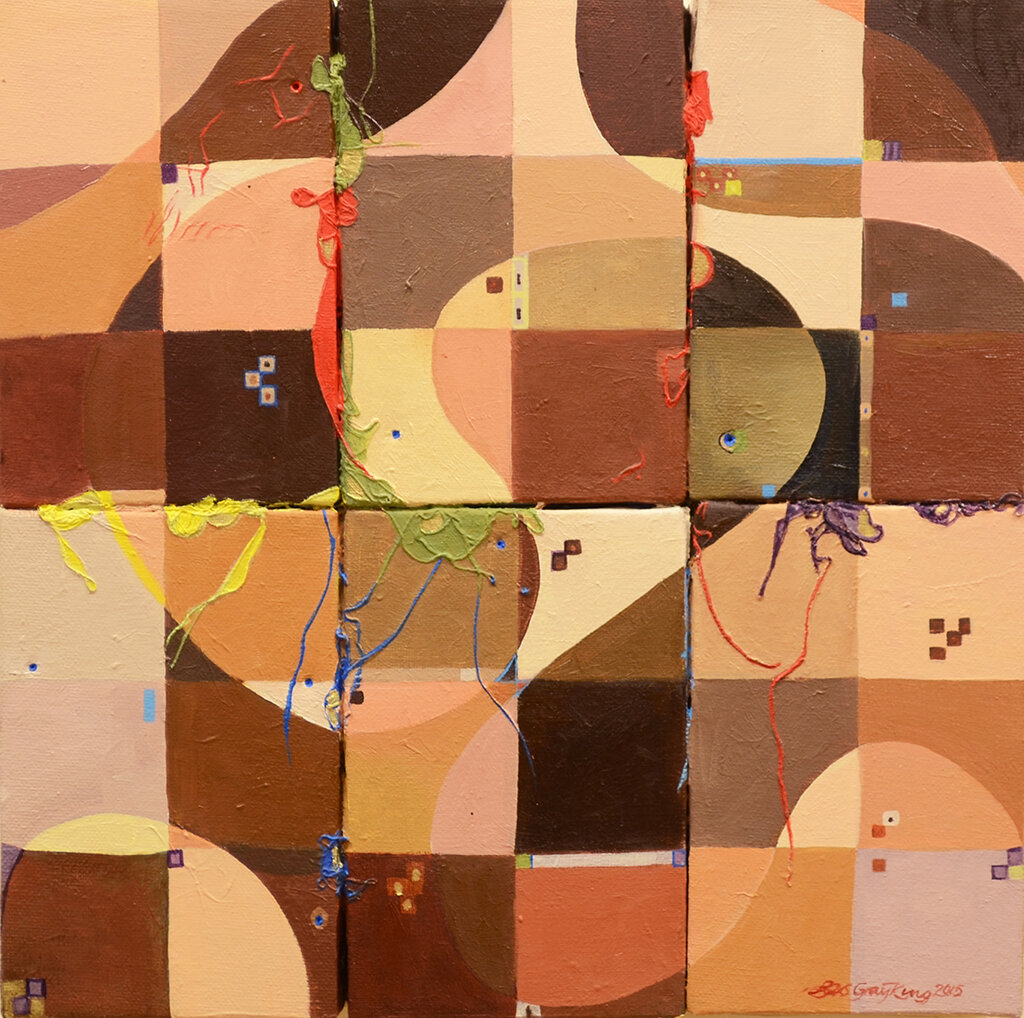Be
Be
This is the last in the Octave series. Be. It brings the series to a close with a neat sequence of eight. In Christian circles, eight is a good number – the first day of the week, the day when Jesus met his friends after his death. Many church objects are eight sided, bringing a sense of completeness to otherwise incomplete lives. This painting also completes the colour series, bringing all the colours together. If all colour is mixed together, the result is either black or white. Coloured light mixes together to make white light and coloured paints/pencils mix together will make black. Well, they make black if all the colours are perfect, but they’re not. So the result of mixing all the colours of paint together is brown. Here they are – all the colours to make lots of browns.
In Be, the browns remind us of the colours of human beings. Instead of purple and yellow and orange and green, people are combinations of all colours. Be shows us a variety of human colour, weaving in and out of each other, the ebony and peach and beige and chocolate, not able to be contained in any one box. There are little moments of the pure colours and flashes of gold.
Be speaks to us of acceptance, of simply being who we are, where we are, with all of our variety. None of us is easy to define, no one of us is only the one who waits, or leaps or calls, or chills, or flies or watches. We are all made up of everything and have so much more alike than we have different.
Octave ends with the statement:
Hear well, watch peacefully, fly when you think you can’t, chill when you feel worried, call and expect to be heard, wait with attention, leap for all you are worth and in the end, be you.
Be is in the Octave series and part of the Westhill Endowment collection.

